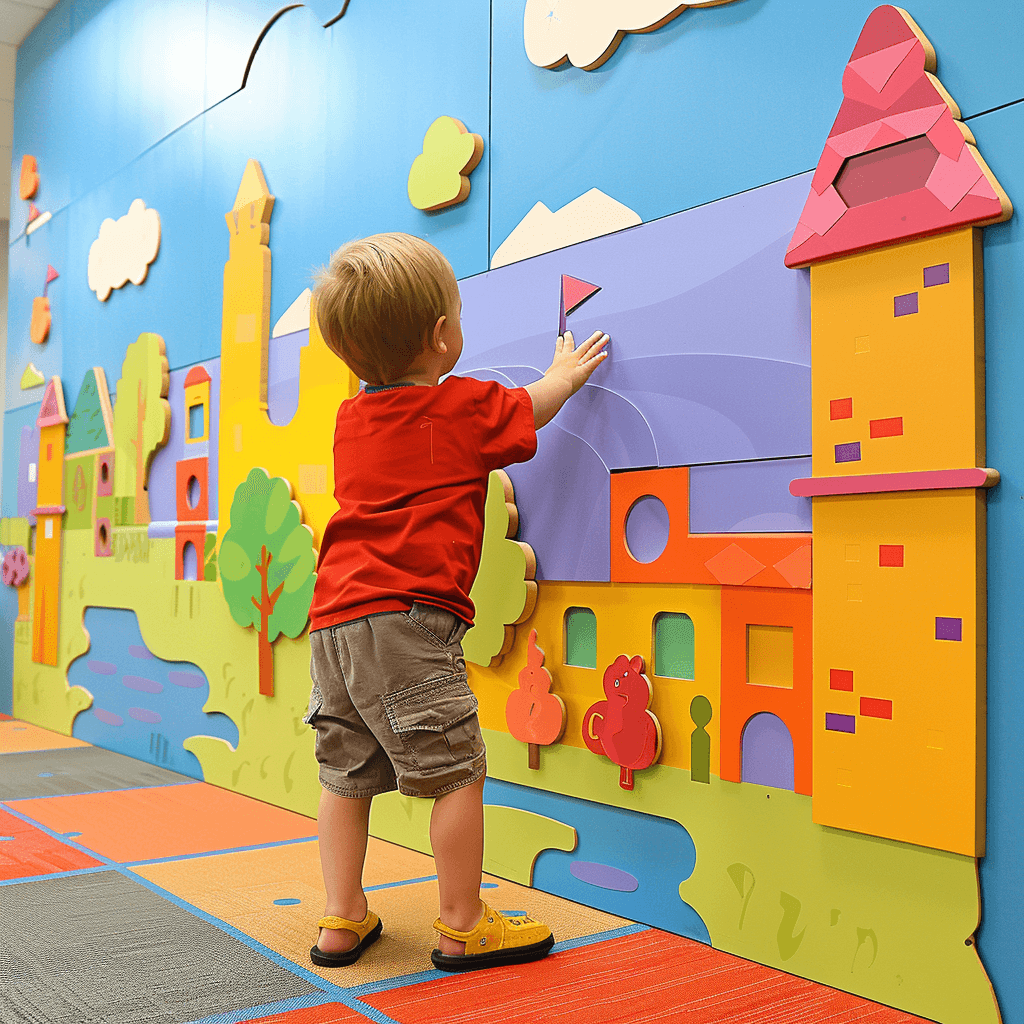
In the modern educational landscape, traditional methods of instruction are gradually being replaced by more interactive and engaging approaches. One such method that has gained significant traction is Project-Based Learning (PBL). This educational approach allows students to learn through projects, fostering critical problem-solving skills, collaboration, and creativity. But what exactly is Project-Based Learning, and why is it so effective, especially for young learners? Let’s explore.
What is Project-Based Learning?
Project-Based Learning is a dynamic classroom approach in which students actively explore real-world problems and challenges. Unlike traditional education models that often emphasize rote memorization and passive learning, PBL encourages students to engage deeply with the subject matter. Through projects that often span several weeks, students are given the autonomy to explore topics of interest, pose questions, and develop solutions.
In a PBL framework, learning is student-centered. The teacher acts as a facilitator, guiding the students as they navigate through their projects. This approach allows students to take ownership of their learning, leading to a deeper understanding of the content and the development of essential life skills.
The Core Benefits of Project-Based Learning
Enhanced Problem-Solving Skills
- One of the most significant advantages of PBL is its focus on real-world problem-solving. Students are encouraged to identify problems, research possible solutions, and implement their ideas. This process not only helps them understand the subject matter but also hones their critical thinking and analytical skills.
Development of Collaboration and Communication
- In PBL, students often work in teams, which fosters collaboration and communication. They learn how to share ideas, listen to others, and work together towards a common goal. These are invaluable skills that will benefit them in both their academic and professional futures.
Encouragement of Creativity and Innovation
- PBL projects typically require students to think outside the box. Whether they are designing a new product, developing a marketing plan, or solving a community issue, creativity is at the heart of their work. This freedom to explore and innovate is essential in nurturing a generation of thinkers and doers.
Increased Engagement and Motivation
- Because PBL projects are often based on students’ interests and real-world problems, they tend to be more engaging than traditional assignments. Students are motivated to learn because they see the relevance of their work. This intrinsic motivation can lead to higher levels of academic achievement and a lifelong love of learning.
Integration of Multiple Disciplines
- PBL allows for the integration of various subjects such as science, math, language arts, and social studies. A single project can encompass multiple learning areas, providing a holistic educational experience. For instance, a project on environmental sustainability could include elements of science (understanding ecosystems), math (calculating carbon footprints), and language arts (writing persuasive essays).
Implementing Project-Based Learning in Early Childhood Education
While PBL is highly effective at all educational levels, it is particularly beneficial in early childhood education. Young children are naturally curious and eager to explore their world. PBL taps into this innate curiosity, providing them with opportunities to investigate topics that interest them.
For instance, a preschool classroom might engage in a project about community helpers. The project could involve visits from local professionals like firefighters, doctors, and police officers, allowing the children to ask questions and learn about these important roles. They could then work together to create a mural or a book about what they have learned. This type of project not only teaches them about their community but also develops their social, cognitive, and motor skills.
Another example could be a project on plant life. Children could plant seeds, observe their growth, document the changes, and create a presentation or a garden in the schoolyard. This hands-on project would teach them about biology, responsibility, and the environment.
The Role of Technology in Project-Based Learning
Incorporating technology into PBL can further enhance its effectiveness. Digital tools can provide students with access to a vast array of resources and information, enabling them to research their projects more thoroughly. Platforms like BubbleBud Kids can offer a suite of educational tools that support PBL, such as virtual classrooms, collaboration platforms, and interactive learning modules.
For example, students could use digital storytelling tools to create presentations, videos, or even websites about their projects. They could also connect with experts or other classrooms around the world to gain new perspectives and insights.
Challenges of Project-Based Learning
While PBL has many advantages, it is not without its challenges. One of the main difficulties is the need for adequate planning and preparation. Teachers must carefully design projects that are aligned with curriculum goals and that are manageable within the time constraints of the classroom.
Another challenge is the assessment of student learning. Traditional tests may not accurately reflect the knowledge and skills gained through PBL. Instead, teachers might need to use alternative assessment methods, such as portfolios, presentations, or peer reviews.
Despite these challenges, the benefits of PBL make it a valuable addition to any educational program.
Embracing Project-Based Learning
Project-Based Learning is more than just a teaching method; it is a way to prepare students for the complexities of the real world. By fostering problem-solving skills, collaboration, creativity, and engagement, PBL equips students with the tools they need to succeed in life. For educators and parents looking to provide a more enriching educational experience, embracing PBL can be a transformative step.
At BubbleBud Kids, we recognize the importance of such innovative educational practices. Our platform is designed to support Project-Based Learning through a range of tools and resources that make it easier for teachers to implement and manage projects. We believe that by encouraging children to learn through hands-on exploration, we are helping to shape the problem solvers, innovators, and leaders of tomorrow.
If you’re an educator or parent interested in integrating Project-Based Learning into your child’s education, explore how BubbleBud Kids can support you. With our comprehensive tools and resources, bringing PBL into your classroom has never been easier. Visit our website today to learn more!
